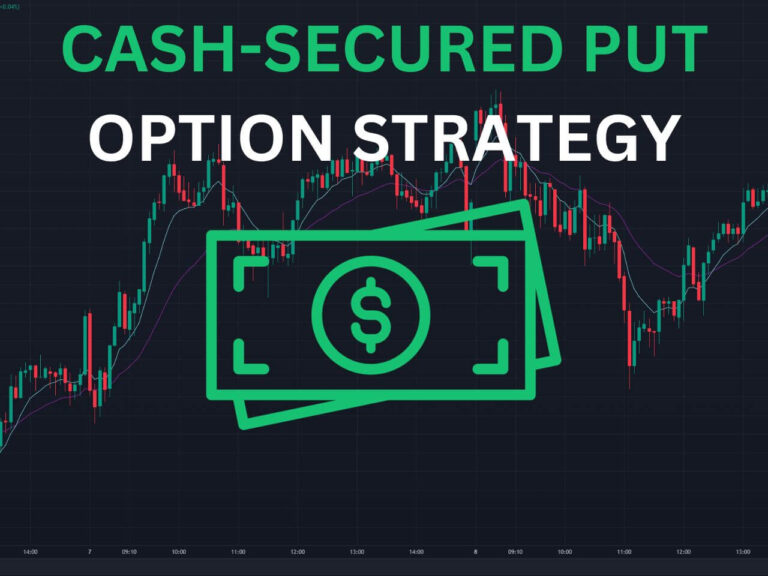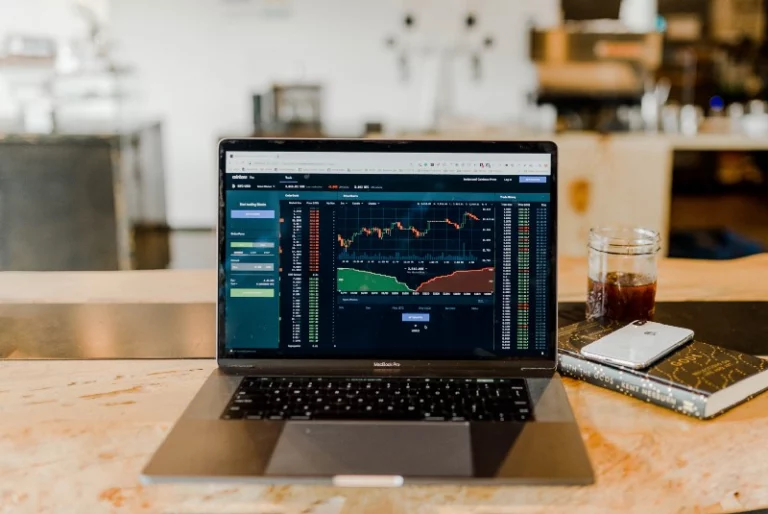What is a Cash-Secured Put? | Cash-Secured Put Strategy
Cash-secured puts are one of the best ways to learn about options trading. What is a Cash-Secured Put? A cash-secured put involves selling a put option and holding cash equivalent to the option’s strike price. If the stock’s price falls below the strike price, the investor is obligated to buy the stock, hence the need…


